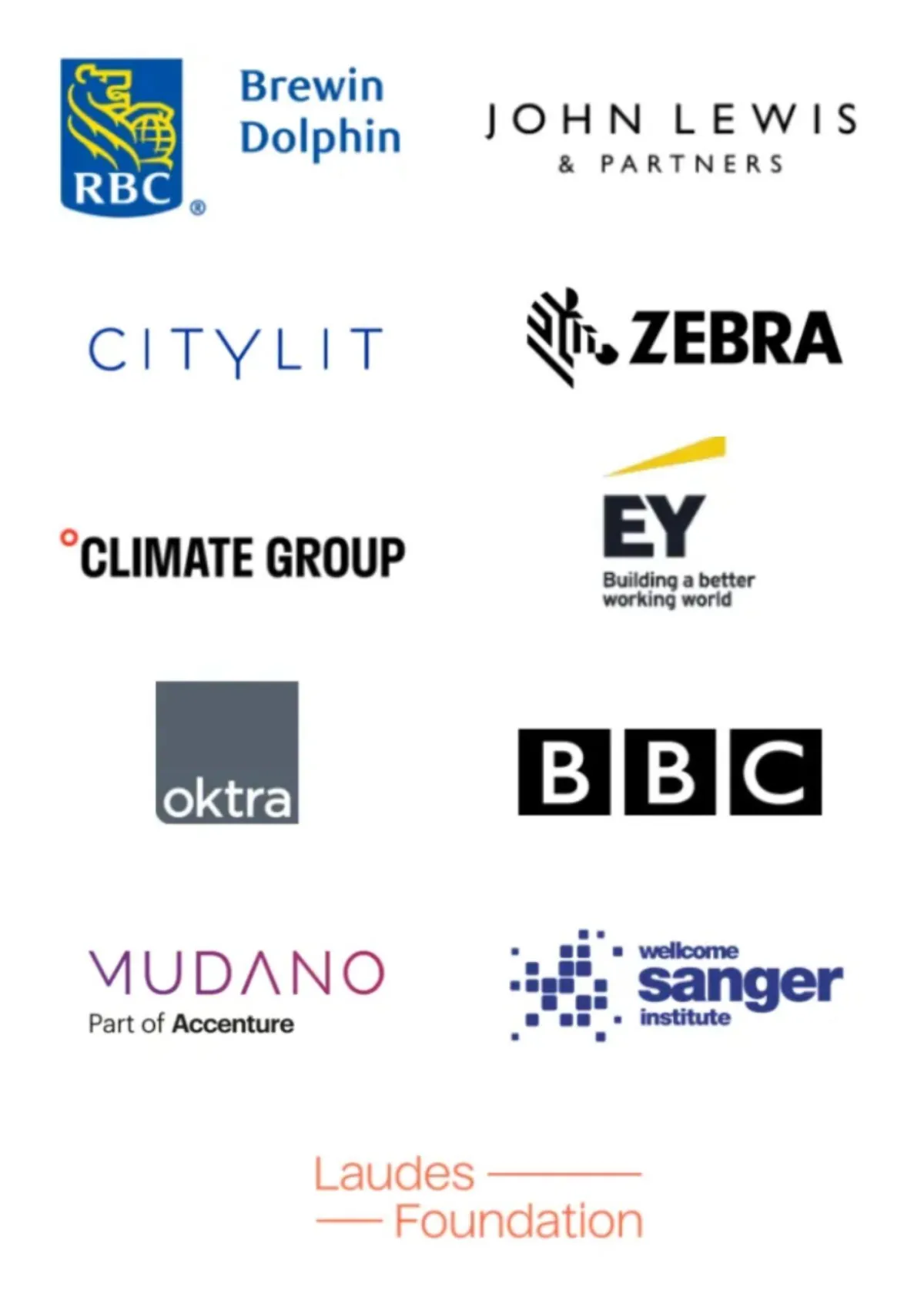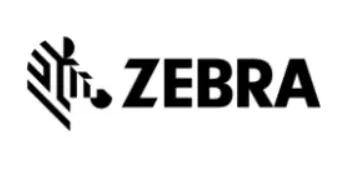WISE WORDS
Blog

Could You Be Stuck In A Communication Loop?
Getting stuck in patterns of behaviour is not uncommon
These patterns will be influenced by earlier life, role models, messages we have received, beliefs we've picked up and assumptions we've made. If we find ourselves having the same conversations with the same people with little or no impact then we may be stuck in a communication loop. It can be challenging to recognise these patterns and difficult to get out of them. Getting stuck like this can increase stress, damage relationships, reduce your sense of agency and impact and leave you feeling you have limited control.
Rachel offers workshops on developing Assertiveness skills, for overcoming challenges and building stronger relationships. Learn more here.
The Assertiveness model is a useful framework to help you move forward
Assertive communication is clear, direct and focuses on the issue rather than the person. This focus makes it easier to let go of the emotion that may be driving our communication. It’s not to say that emotion is not present and useful but it is not in charge. The desired result being that all needs are expressed, considered and a beneficial outcome for all parties is achieved.
Our innate communication style can often fall into the categories of Aggressive, Passive or Passive Aggressive. These styles are completely natural but don’t always lead to constructive conversations or successful outcomes.
Our reactions can vary depending on context but if we reflect, we can often see there is a pattern where we tend towards one of the styles more often. There is a time and place when you may choose to apply all of these styles, but there is a big difference between making a conscious decision to use a certain style for reasons you have weighed up, and walking away from a situation feeling that you have reacted unskilfully and not achieved your goal.
Passive Communication
Passive communication conveys submission, allowing the other person’s needs to be met rather than our own. This can sometimes be the right course of action, not all battles are worth fighting and some issues don’t matter so much to us. Passive behaviour is often driven by a wish to avoid conflict and a desire to please. However, a continued pattern of passive behaviour often results in growing frustration and a potential aggressive outburst because our unexpressed needs are not being met.
Passive Aggressive Communication
Passive Aggressive communication is characterised by a lack of clarity – a desire for our own needs to be met but using indirect verbal and/or body language that makes it appear that we are meeting the needs of the other person and often involves sarcasm, jokes, gossip or manipulation. The result will be that none of the parties involved will feel satisfied with the outcome.
Aggressive Communication
Aggressive communication is characterised by prioritising our own needs over others and can be expressed through righteousness, anger, intimidation and dominance. It may be that we get our needs met in the short term, but we may have lost trust, credibility and goodwill.
We often revert to these styles when we are under pressure and in a triggered state. Our brain goes into fight/flight/freeze mode and we become reactive. The most primitive part of our brain is activated when we feel under threat, releasing stress hormones and closing down the part of our brain that takes a more logical approach. The primitive part of our brain is preparing us for attack and that is not the state that best prepares us to listen, to consider other points of view, to ask open questions and to see a win win solution. The brain is equipping us for attack by a wild animal, not how to respond to criticism from a senior colleague or addressing unacceptable behaviour.
Assertive communication is seeking a win win solution – it considers the goals and needs of all parties and it focuses on the issue rather than the person.
We need to have emerged from a triggered state to communicate assertively. We can talk about our emotions but we are not at the mercy of them. It involves attentive listening, being clear about the issue we are addressing and what outcome we are seeking while showing respect to the other person.
Example
Tom was feeling overwhelmed at work after a recent promotion, he had been feeling under pressure to deal with the added responsibility. He was keen to deliver everything that was asked of him and to demonstrate he could think strategically, add value and perform well in senior meetings and with clients. His new line manager was also very busy and Tom got limited feedback from him so did not know how he was being perceived. He was frustrated with some of his team as he felt they were making too many mistakes and slowing down delivery.
There are a variety of approaches open to Tom:
Passive approach – Tom decides he doesn’t want to annoy his boss and that the needs of his boss, the organisation and his team have to come first. He soldiers on and hopes that things may improve and his boss will notice his efforts and stress. He says little and accepts the requests made of him.
The likely outcome is that nothing changes and Tom becomes more overwhelmed which could impact his performance and his wellbeing.
Passive Aggressive Approach – Tom doesn’t want to make it look like he is asking for help but he feels he deserves support. He jokes with his boss about setting up a bed in his office and he talks to peers about how unreasonable the expectations are coming from senior leaders. He is surprised that no-one seems to be picking up on his hints.
The likely outcome is that nothing changes, people are confused by his comments and his peers get frustrated by his complaints and lack of action to address the issue. He could reduce morale in the team.
Aggressive Approach – Tom gets more and more frustrated with the situation and his resentment builds. His boss asks him if he could take on a new project and Tom loses his temper saying he feels exploited, he feels he is working harder than anyone else and he leaves for the day.
The likely outcome is that Tom is judged harshly for his outburst and it may damage his reputation, it may start a conversation about how he is feeling.
Assertive Approach – Tom decides to speak to his boss and, in preparation, he talks to a trusted colleague who has worked with his boss for a while and explains how he is feeling. He takes advice on the best way to articulate his position in a way that could help his boss understand Tom’s perspective. He also formulates a clear request as to what would help him perform at his best and deliver sustained value for the organisation. He chooses an appropriate time to meet his boss and practises the conversation to help him control his emotions and get straight to the point.
The likely outcome is that Tom will feel he has taken responsibility for his situation and clarified it with his boss. He will demonstrate that he is able to balance looking after his own needs with meeting the demands of his role. He will get a clearer sense of whether it is possible to adjust his working pattern with support or if he has to get used to these expectations and workload.
Being assertive doesn't guarantee success or an instant win but, at the very least, will allow you to walk away feeling that you expressed yourself clearly, you deepened understanding around the situation and you may well have built a relationship rather than damaged it.
Sign up to Rachel's upcoming Assertiveness Workshop
Catch up on season one of Rachel Goodwin's Wordwise Coaching podcast
Discover how Rachel can help you or your organisation
Rachel Goodwin
– Director
Brands that I’ve worked with














